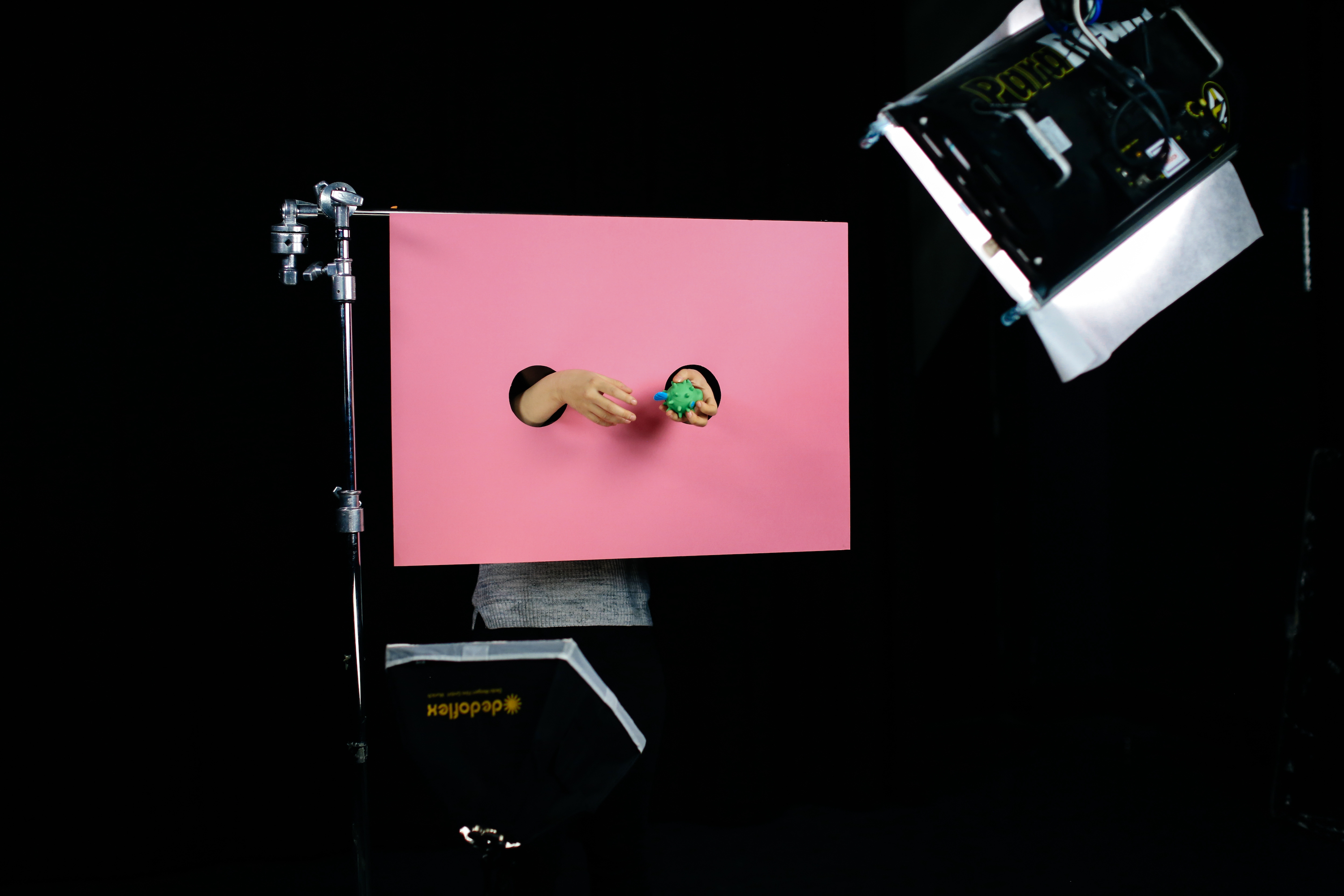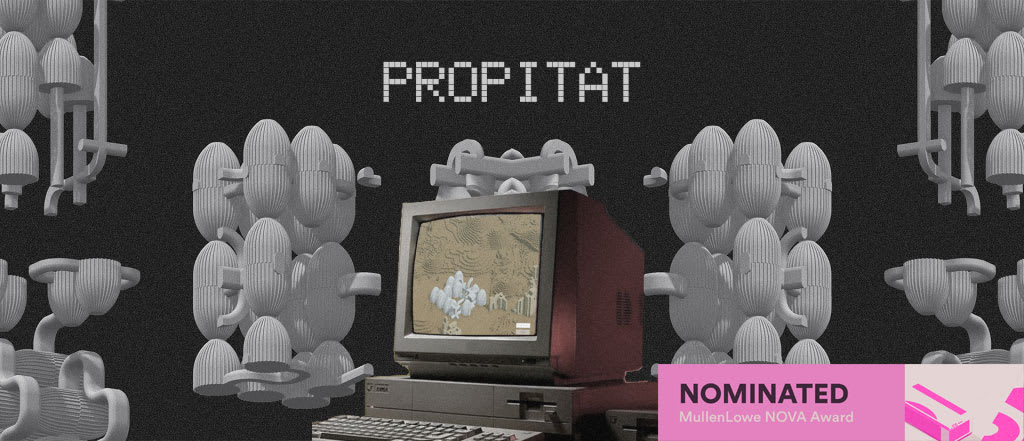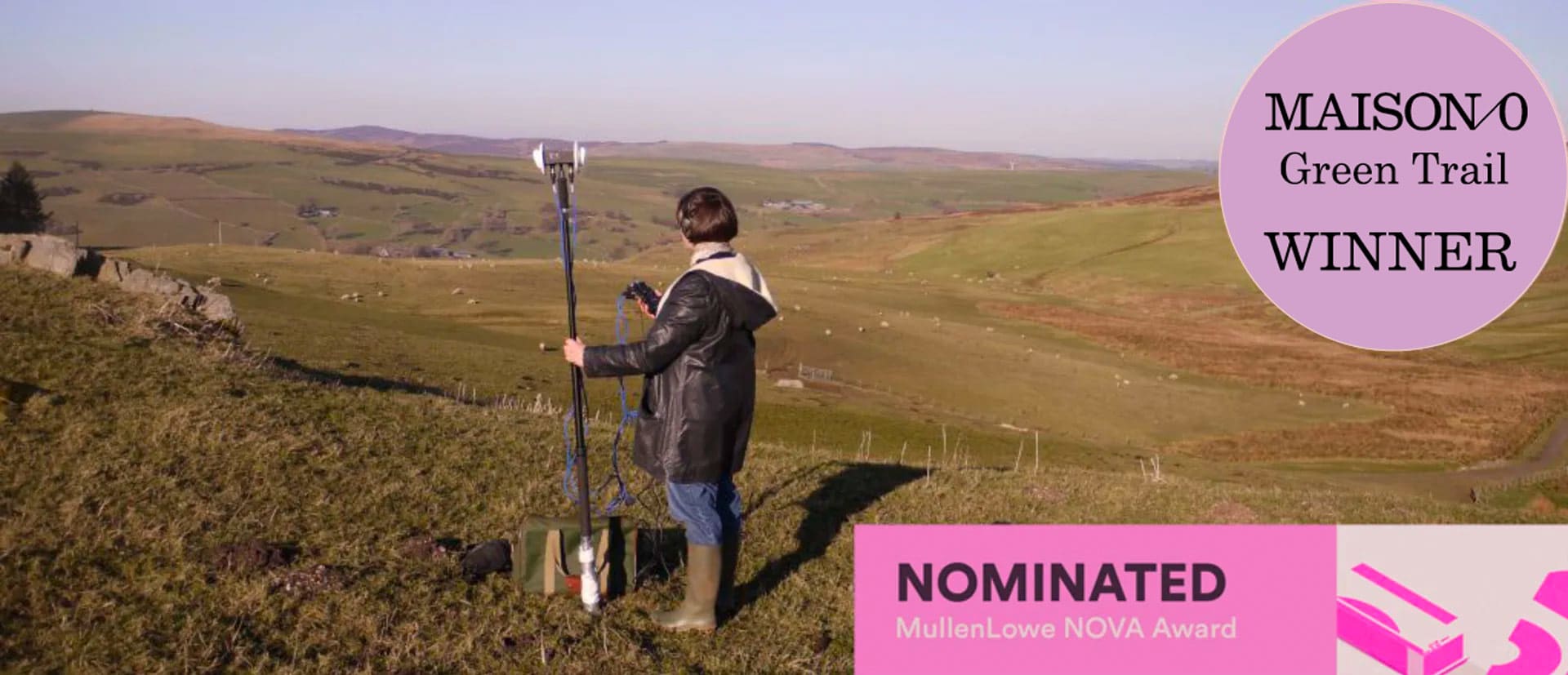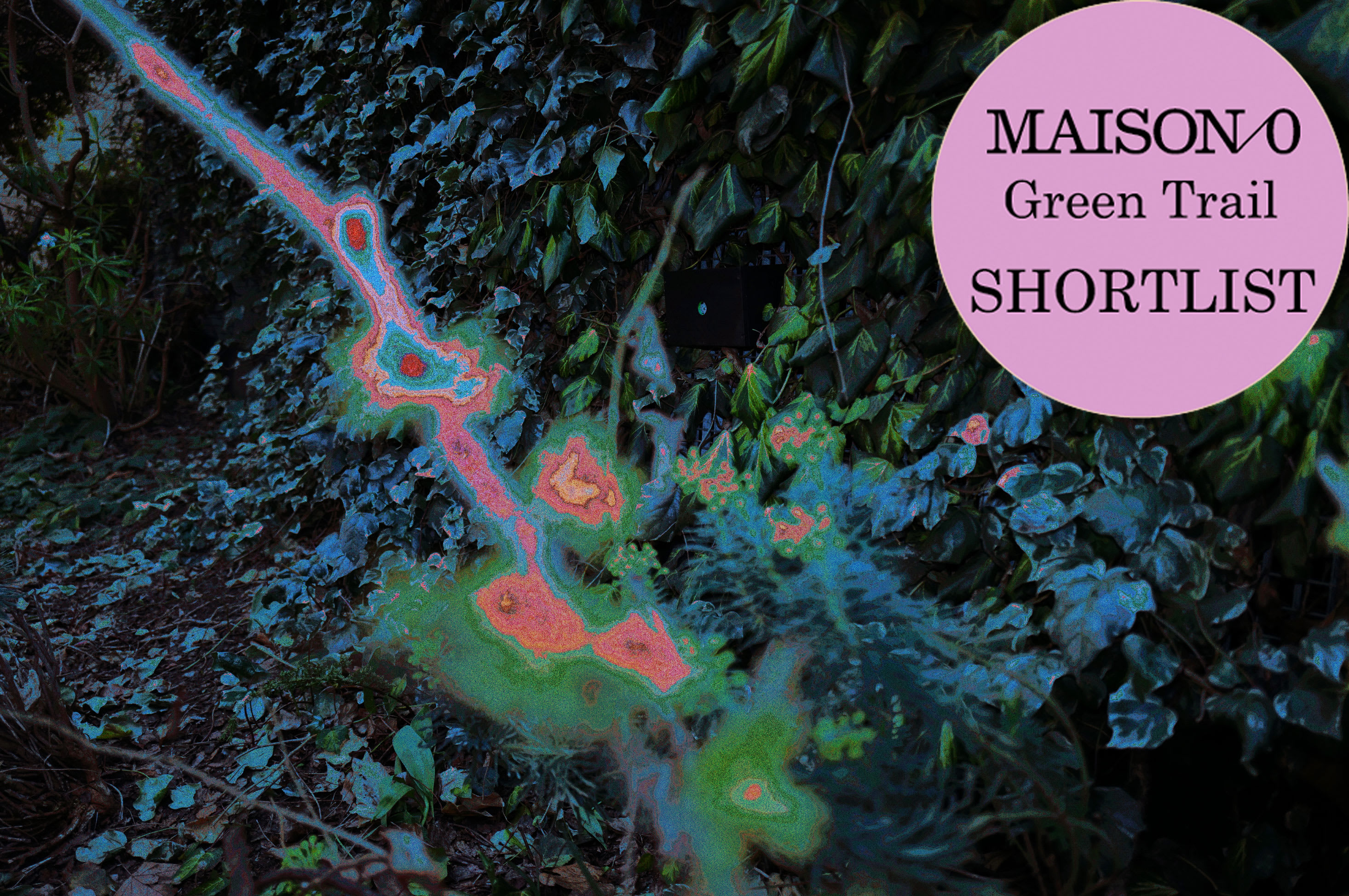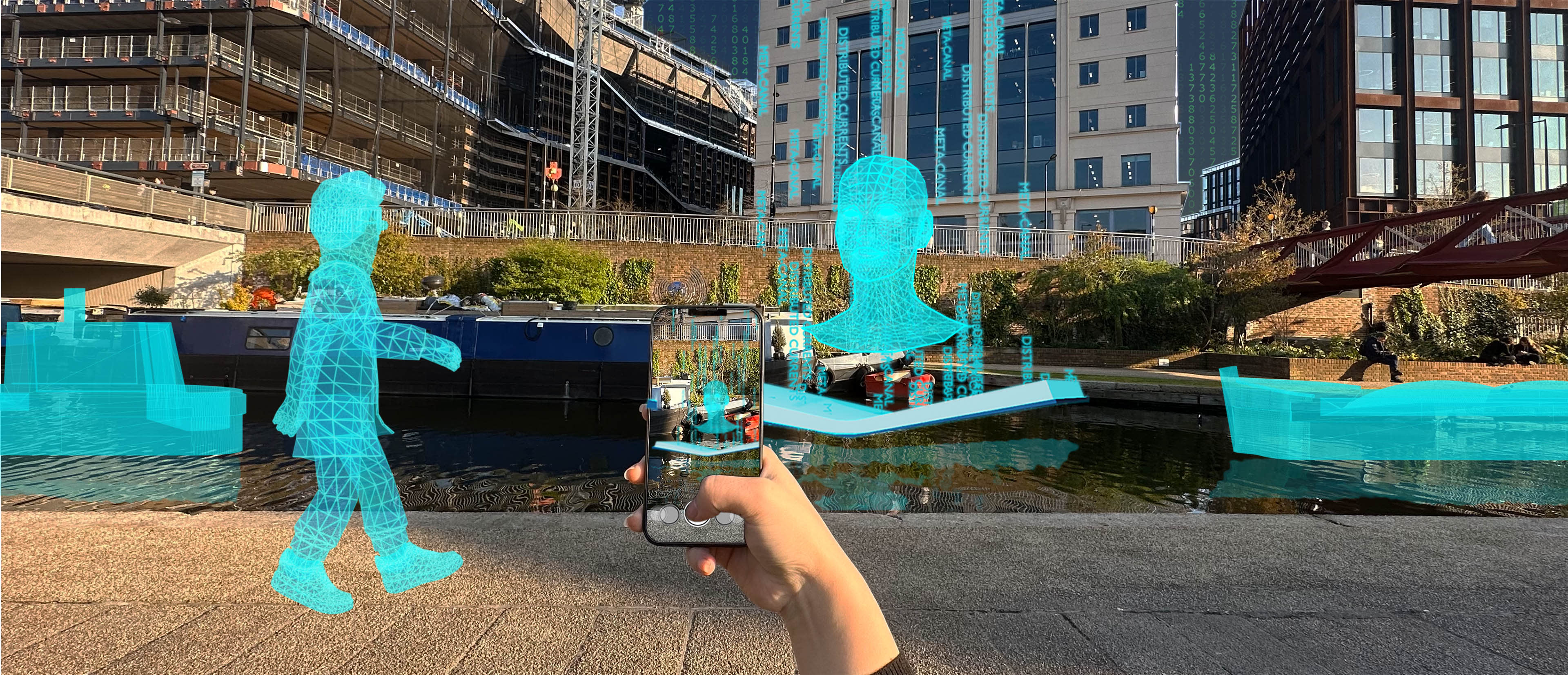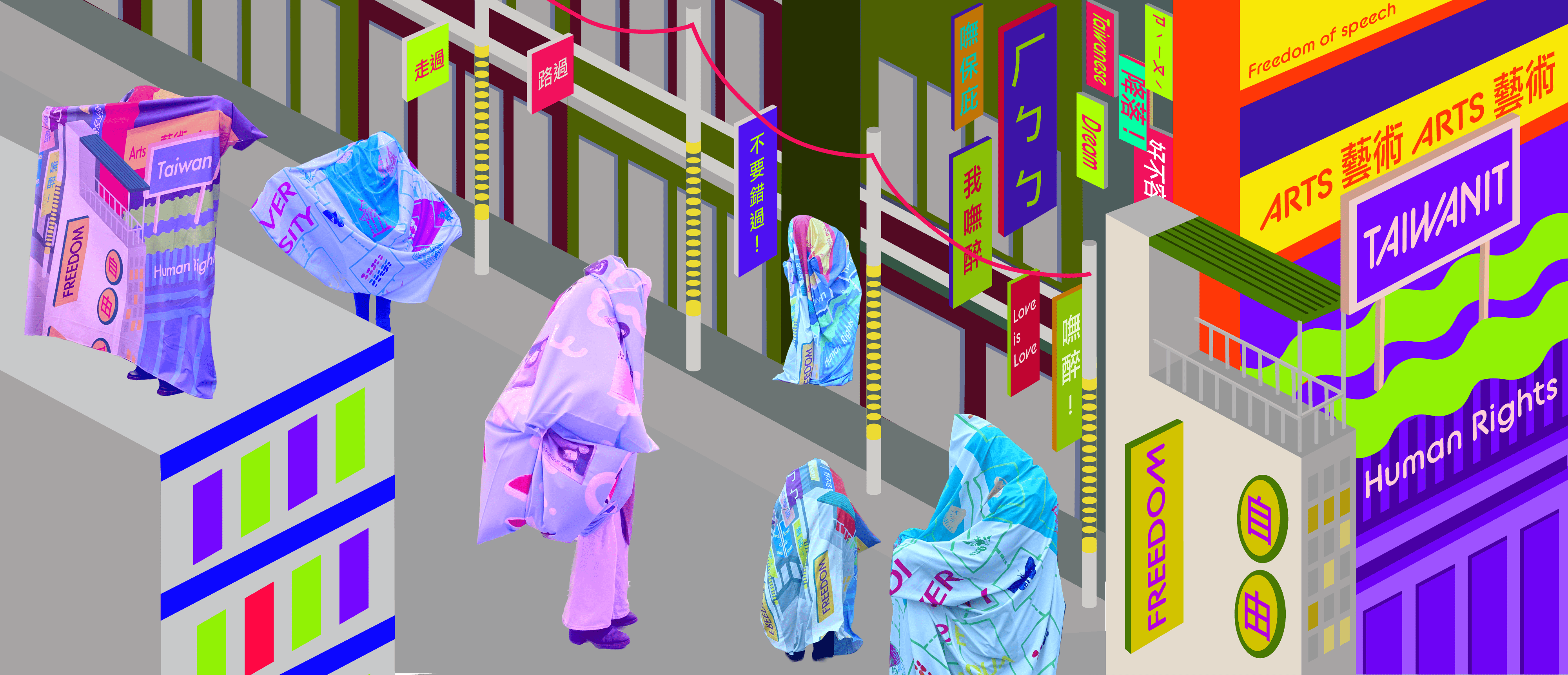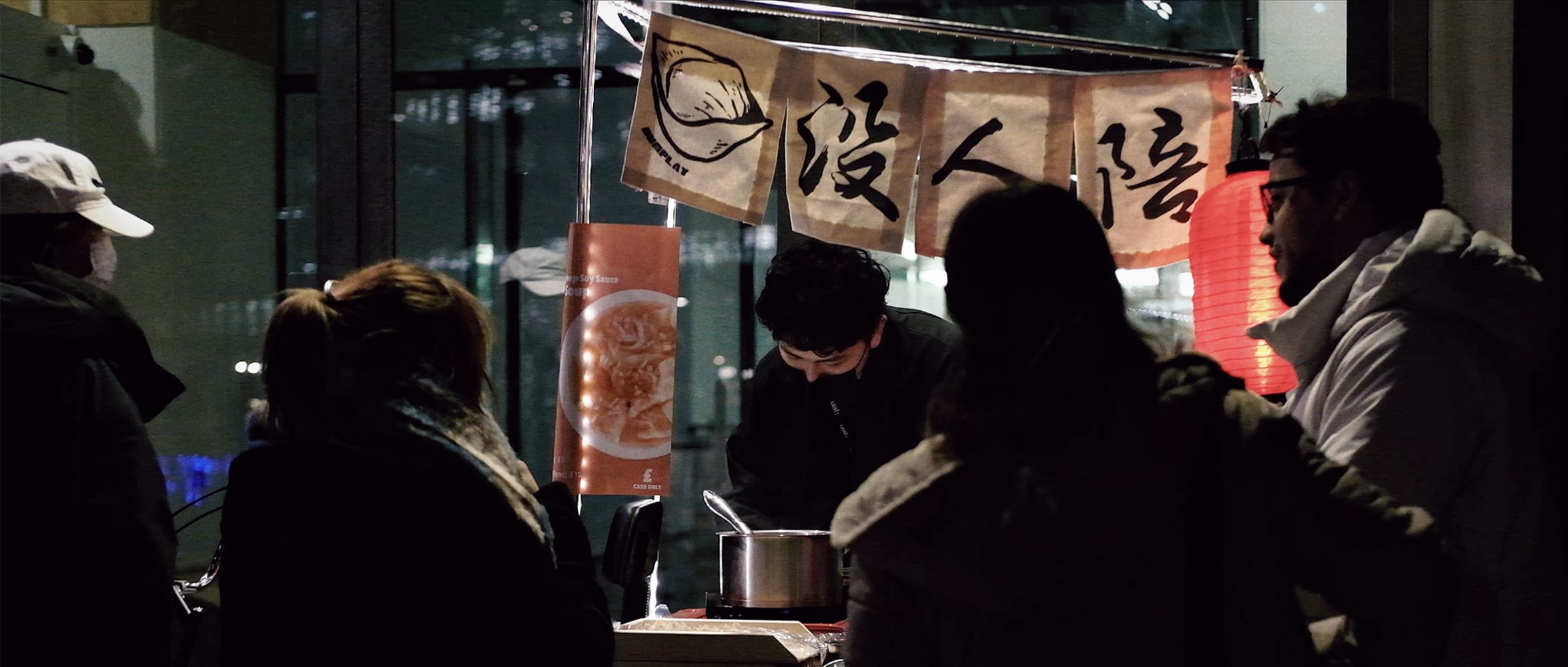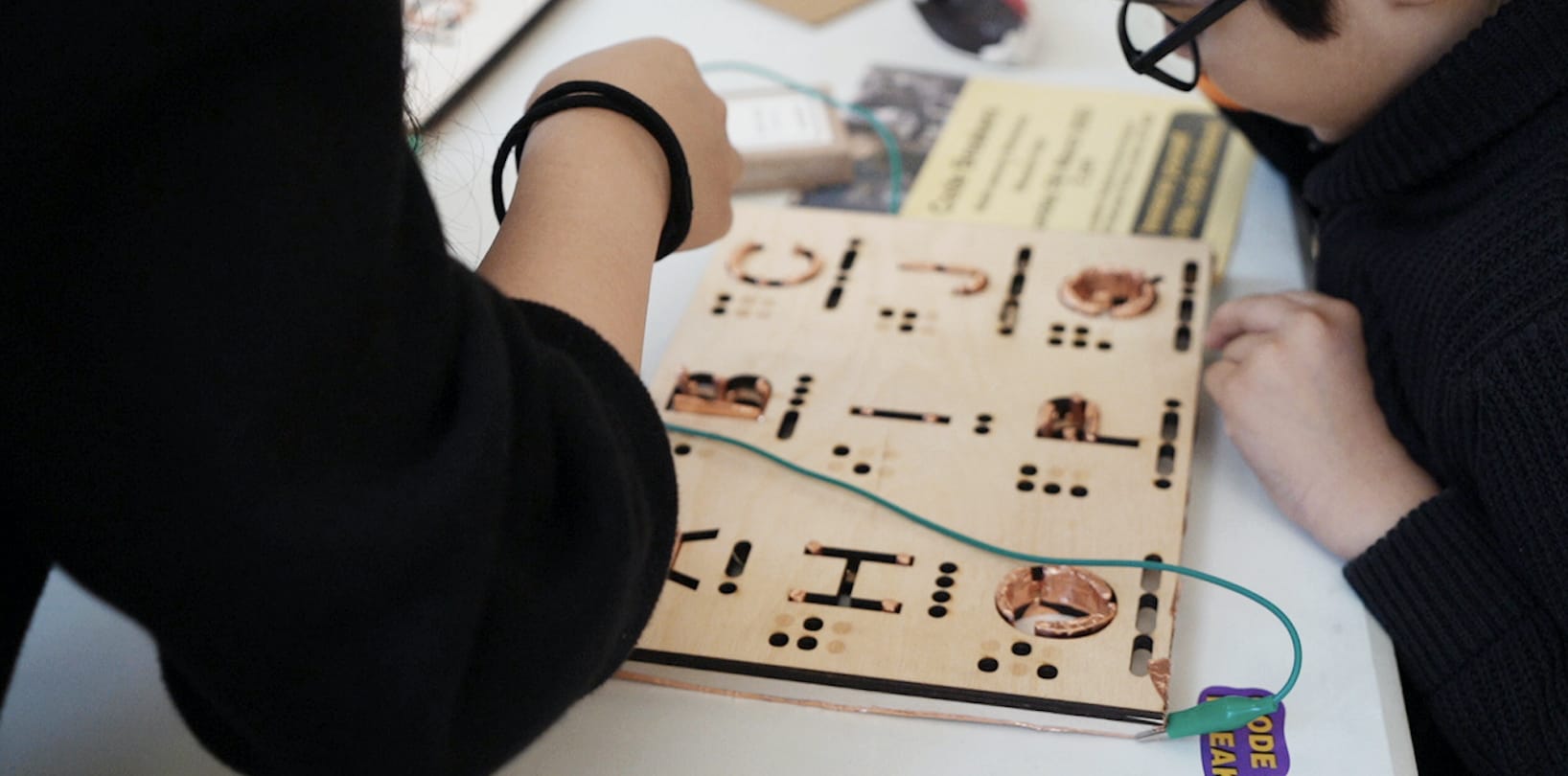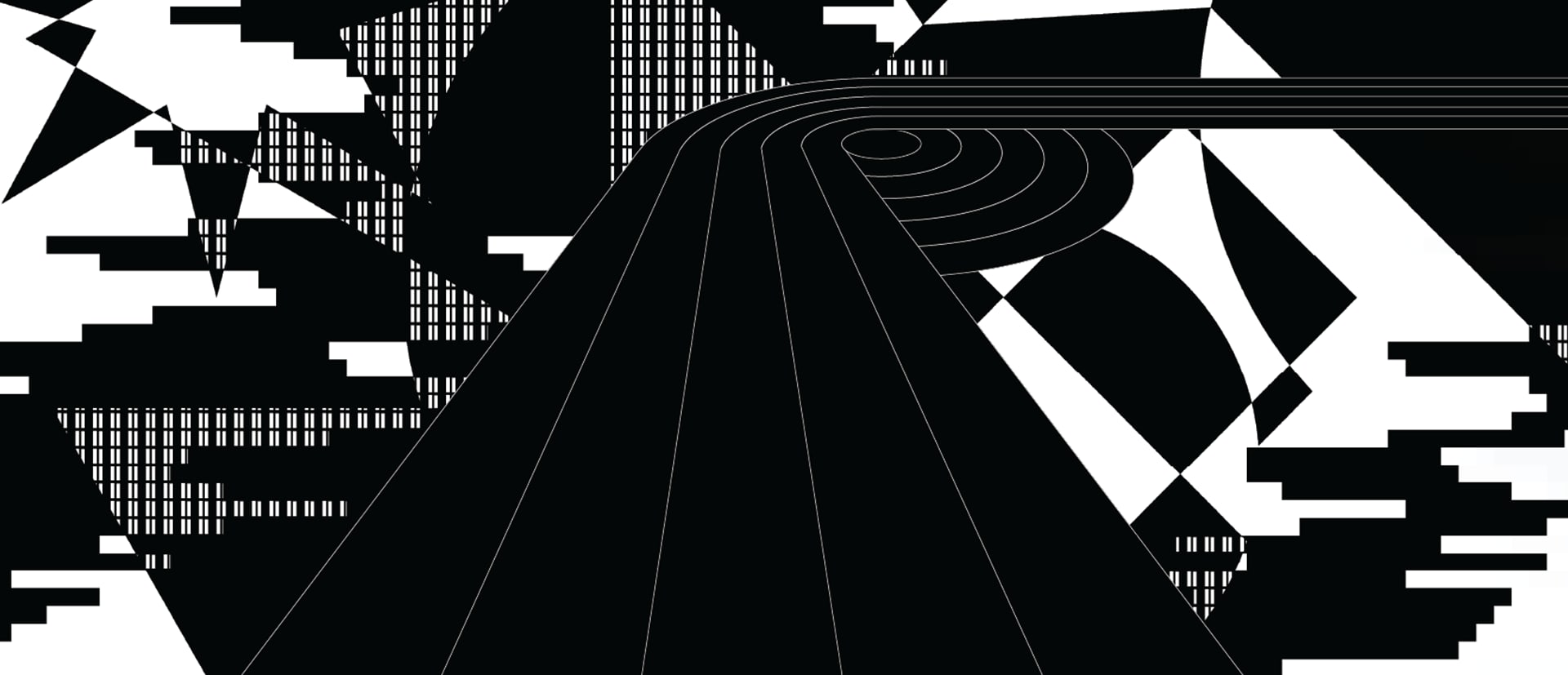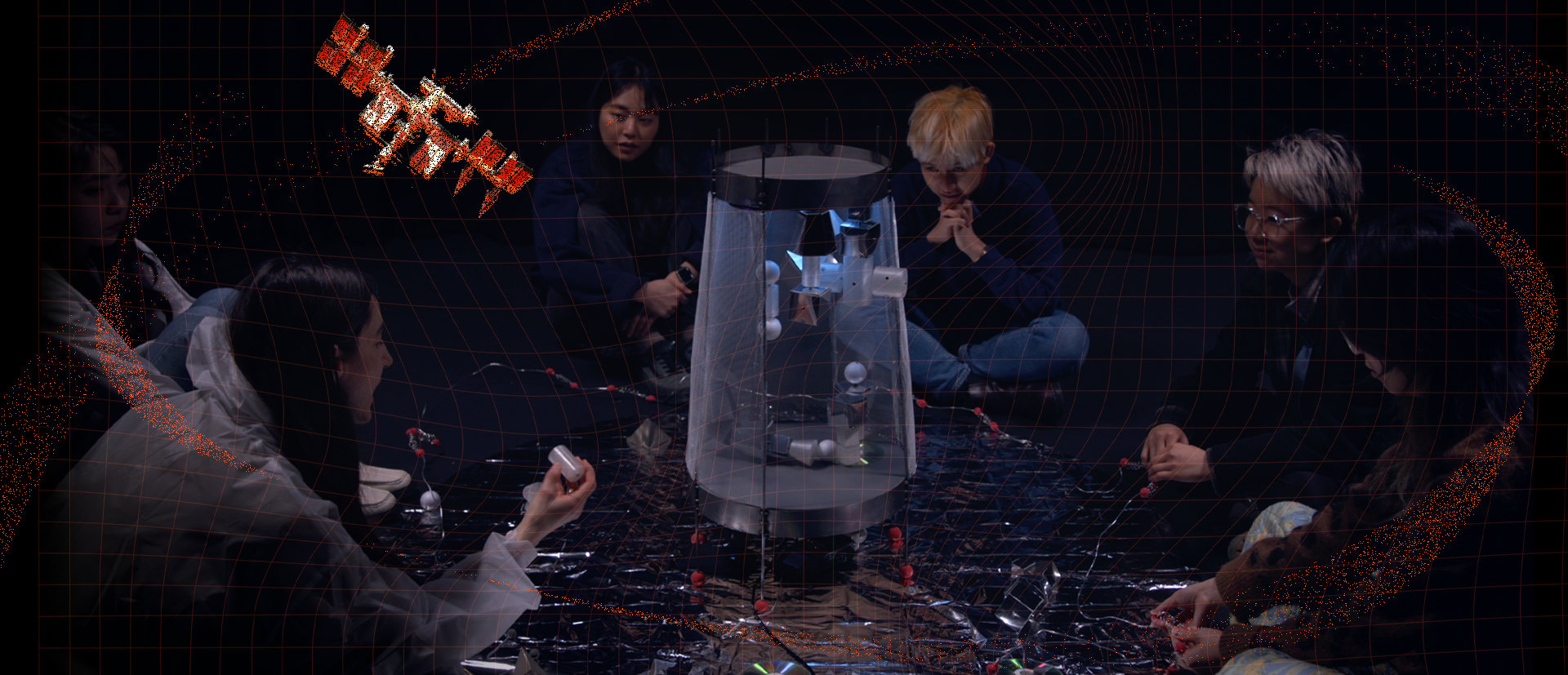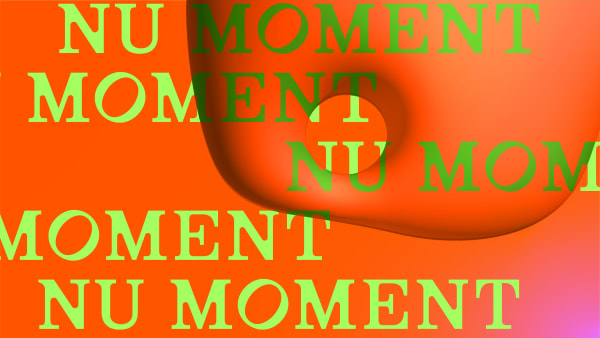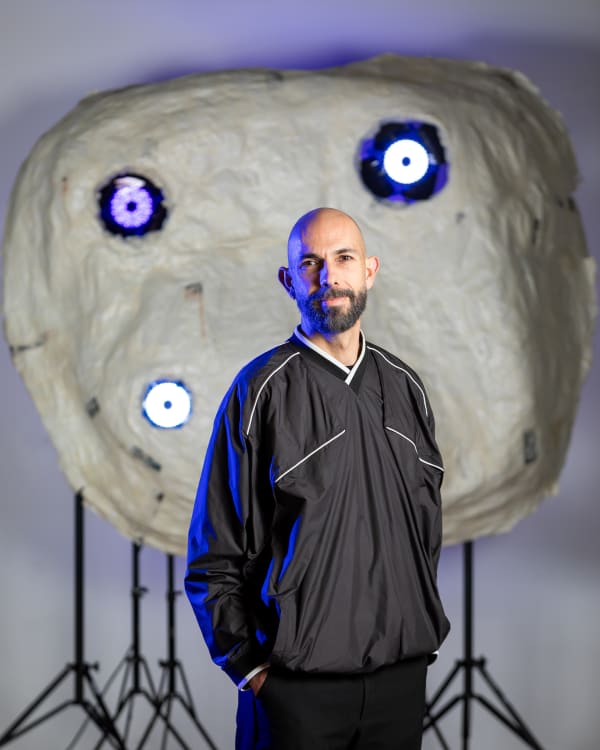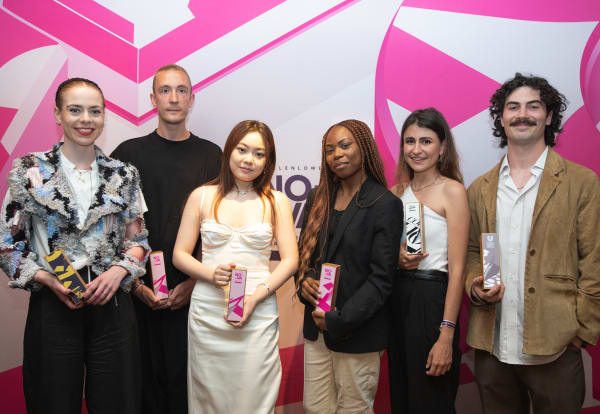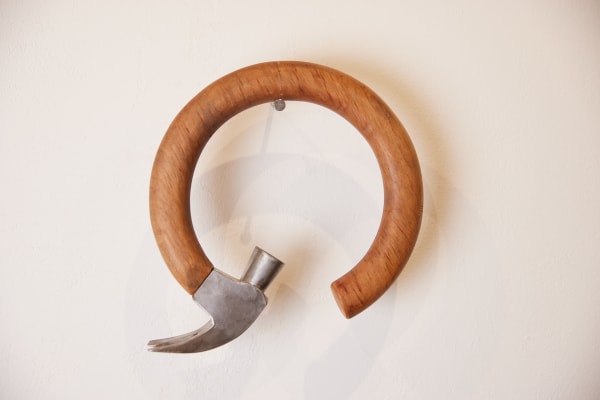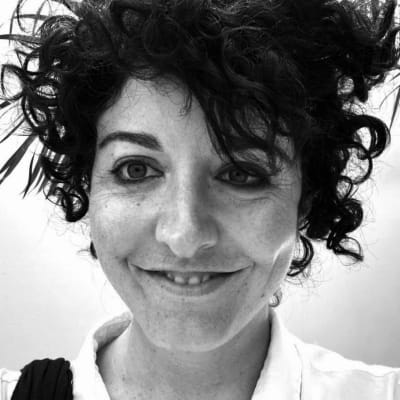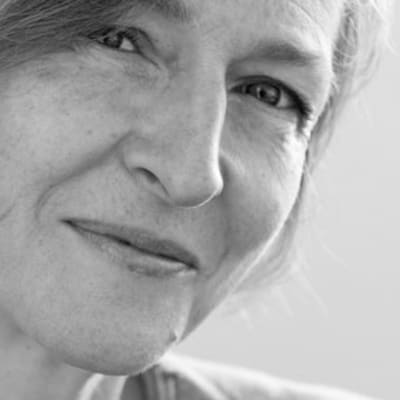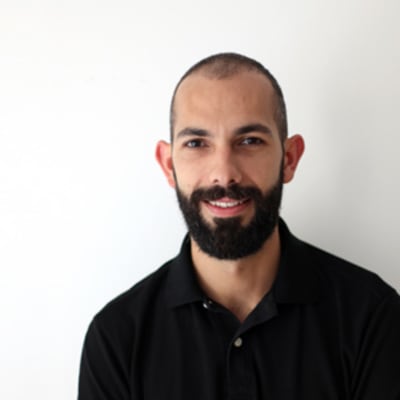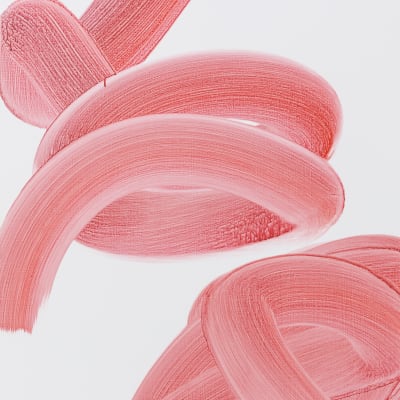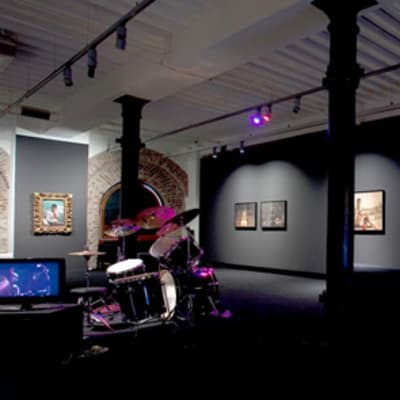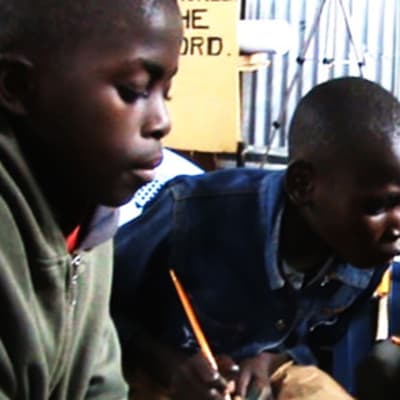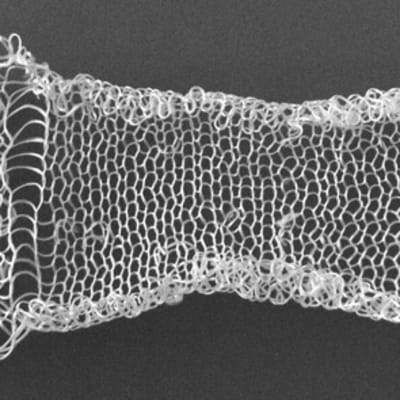Course units
Unit 1: Foundations
This Unit develops foundations for the design of narrative environments through a series of rapid projects that engage with philosophical, social, and technological propositions, narrative devices, and environmental research and development. These projects introduce design concepts, tools, and techniques that shape narrative environments and explore frameworks for understanding constructions of space and time. Methods include systems mapping and analysis, design strategy, and speculative scenarios.
Unit 2: Collaborative Practices for Common Good
This Unit is focused on cross-college collaborations and collaborative practice. MA Narrative Environments students collaborate with students from other CSM courses on a project brief with partners from industry, government, or academia. The design briefs in this unit typically explore the social impact of emerging technologies, scientific research, or alternative architectures. Key insights include interdisciplinary communication and collaboration, ethical practice, and feedback.
Unit 3: Fieldwork
This Unit focuses on narrative environment fieldwork to prepare students to develop their own Major Project.
-
Part 1: Fieldwork Project (Summer Term YR1)
Students work on a design brief that draws inspiration from site research, focused on the ways of integrating local and planetary knowledges to shape creative storytelling -
Part 2: Industry Case Study (Summer Term YR1) Students develop their professional network through placements, interviews with partners, or collaboration on special projects or events.
-
Part 3: Deep Design Research (Autumn Term YR2)
Students engage a specific site, scenario, or environment that provides foundational research for their Major Project. Working individually or collectively, students compile a Research Catalogue and develop a Research Study that explores a specific site, scenario and/or situation, tracing its theoretical influences and identifying possible interventions. The study can be delivered in various written modalities – from anthropological to fictional, with visual or auditory supports welcome.
Unit 4: Major Project
This Unit focuses on the design, realisation and communication of a major design project or a written philosophical study of a historical or theoretical aspect of narrative environments. Students focus on designing, prototyping, producing and presenting a major project that engages the spaces and situations identified in their site research, often in-situ. Students then presenting or re-presenting that project through appropriate media in the final Showcase.
Important note concerning academic progression through your course:
If you are required to retake a unit you will need to cease further study on the course until you have passed the unit concerned. Once you have successfully passed this unit, you will be able to proceed onto the next unit. Retaking a unit might require you to take time out of study, which could affect other things such as student loans or the visa status for international students.
Mode of Study
The course is delivered in extended full-time mode over two years.
Students will be expected to commit 30 hours per week to study, which includes teaching time and independent study.
Credit and award requirements
The course is credit-rated at 180 credits.
On successfully completing the course, you will gain a Master of Arts (MA degree).
Under the Framework for Higher Education Qualifications, an MA is Level 7. All units must be passed in order to achieve the MA but the classification of the award is derived from the mark for the final unit only.
If you are unable to continue on the course, a Postgraduate Certificate (PG Cert) will normally be offered following the successful completion of 60 credits, or a Postgraduate Diploma (PG Dip) following the successful completion of 120 credits.
We are committed to developing ethical narrative environment practices. To achieve this, we are working to embed UAL's Principles for Climate, Social and Racial Justice into the course.
